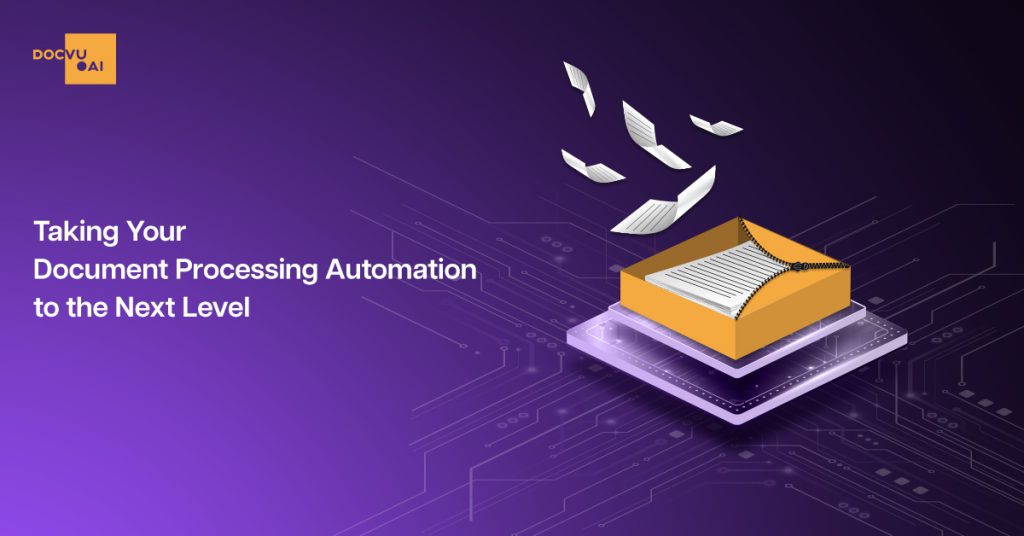From banking, insurance, and retail, document processing is a big part of today’s operations. These industries deal with a massive amount of physical documents that often lead to redundant operations and human errors if the processes are manual. Consequently, addressing these issues becomes crucial to improve accuracy and speed, with a lower cost of operations. Intelligent document processing helps you meet these internal priorities and enables your business to stay ahead of the competition and offer exceptional customer experience.
Automation in document processing is not only an attractive direction to improve existing operations; it has now become one of the primary requirements for businesses. However, you need to consider these five critical aspects for maximum benefit.
Clarity of your processes and goals
Selecting the right IDP for a specific process will result in a more optimized operation. While a technological adaptation is essential, domain expertise of the technology will make the project successful. The lack of appropriate planning and understanding of the alignment of your document processing needs will lead to the selection of IDPs that are not suited to handle your unique document processing needs.
Your Automation vision
Your automation plan should consider operational, tactical, and strategic aspects according to your objectives. IDPs can reduce costs and help improve customer satisfaction and win rates. It offers a better insight into your operations’ pain points that affect the customer satisfaction rate, leading to a better assessment of automation.
Using IDPs for the core functionality of document classification and data extraction will lead to limited benefits. Identify how you can minimize human touchpoints by integrating your applications with IDPs, having validation rules specific to your process needs, and designing a ‘Human in the Loop’ process to monitor, review and approve. Another aspect you should consider is identifying all areas where IDPs can be used to simplify as many operations as you can.
Your team’s support
While this aspect is often overlooked, IDPs do not eliminate humans; it simply enables them to become more efficient. However, humans must review and approve the processes requiring critical attention. Automation in document processing can bring a lot of anxiety into your teams, which can compromise the success of your initiatives. Being open and transparent with a plan to upskill the existing teams for better evaluation and utilization of your automation will help you to improve their confidence and increase support toward efficient operations.
Collaboration with the IDP team
Another aspect often overlooked is the alignment of your IT and operations teams with the IDP teams. These three stakeholders must work together to implement the IDP and harness the maximum impact. The plan should be clear with deliverables and tasks that can be measured daily. This will ensure that everyone contributes to the implementation without delays or cutting corners. A good implementation plan is a must to enable this.
Know your metrics
Once the IDP is implemented, knowing the metrics that are important for you, what the current state is, and what needs to be done to move towards attaining your business goal is crucial. Your IDP dashboard should have most of these metrics to help you with the numbers at a glance. However, knowing what numbers to track and measure will take new initiatives to improve the performance of your IDP strategy.
Training model
The AI and ML engines in IDPs make them better than OCRs by making them more intelligent and adaptive toward document processing requirements by recording information in a templateless format. However, it is crucial to understand the principles of AI and ML engines and how they are implemented according to your business needs. However, it also depends on the IDP selected, based on whether the AI and ML engines might require a month’s training or are pre-trained. This can have an impact on your go-live dates.
The good thing is that ML engines get better with time because they learn and adapt. For this to happen, the focus should be on designing the human in the loop and machine learning loops, as we don’t want unwanted inputs to be considered by the ML engine for training, and also, we don’t want valid inputs to be missed.
Wrapping Up
Implementing document processing automation for simplifying your processes can be a worthwhile investment. However, to make the initiative successful, you need to have a robust strategy to align your processes and objectives with your team, and deploy the right solution for them. It makes the use of automation more convenient and offers greater opportunity to optimize your operations.
DocVu.AI’s enterprise-level document processing solution makes your operations faster. To know more about the full capabilities of DocVu.AI, visit our website or write to us at DocVu.AI@visionet.com.
“We have more details that lets you explore how DocVu.AI helps you to make your operations more efficient with the following article.”






